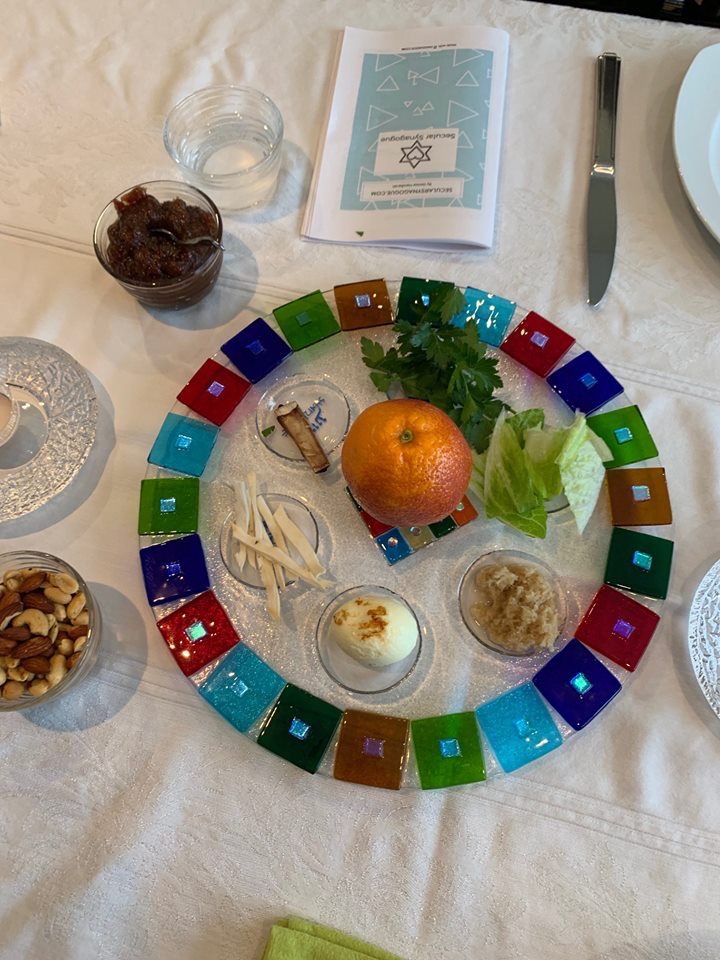As you read this I’ll just be returning from a brief vacation to somewhere sunny. I tend to work really hard, tire myself out, and then need a few days of lounging around in the sun to recover. It occurs to me this time that perhaps this isn’t the best way of living life.
Are you like this? Do you tire yourself out with family responsibilities, work, social obligations, until you simply can’t continue and that’s when you take a break or a holiday?
I was thinking about something similar at the last Rabbis Without Borders retreat I attended. The very term “retreat” makes it seem like our normal lives are something from which we must flee. Surely the point of the gathering was to strengthen and enhance what we do in our regular working lives. Just like the point of a vacation should be to enhance one’s life, not escape from it. The truth is, it’s all just... life. We get one life to live — work, home, vacation, rest, play, struggle, sleep. It’s all real life and it’s all happening right now.
So this time I’m going to bring a little bit of my beach vacation back with me. I hope to bring the sun, for this has been a brutal winter, but that’s not what I’m talking about. One of the things I love about travel is the sense of being unreachable. I love the moment I get on a plane, turn off my phone, and know that no one can find me for the next several hours. While I can’t bring back the pina coladas or ocean sounds, I can bring back the experience of letting myself unplug, literally and figuratively.
We have a Jewish mechanism for this. It’s called Shabbat. The wisdom of Shabbat is taking time to rest each week. It’s a way of preventing burnout; there is a regular time to rejuvenate built right into the schedule. Many secular Jews mark Shabbat in some way, but most of us don’t completely unplug.
The Hebrew Bible reminds us to rest... that after the earth’s creation a day of rest was called for, there is a sabbatical year (shmita) to allow for rest, and there are rules about letting workers rest. Our tradition generally understands that productivity can only happen if rest can also happen. We know this, but we live in such a fast-paced culture, so very driven and obsessed by/with busy-ness, that it can be easy to forget. We need to rest; we need to unplug. Our smartphones and computers have made our working lives vastly more productive, but they have also blurred the boundaries between our working lives and our personal lives. Our times to rest are interrupted and sometimes eclipsed by email notifications and urgent calls/messages.
I’d be lying if I said I was going to completely unplug from all media and technology every Shabbat for a whole Shabbat. I know that I wouldn’t like that — I enjoy speaking with friends, I use my phone to make plans, I love a good movie on a sleepy Sunday afternoon. I do intend to unplug a little more frequently and for a little longer than is my usual practice. I also have put my phone on silent mode as the default, shut off all notifications, and schedule in times to check email. But wait! There’s more!
I am hoping you will join me for a challenge. This comes to me from my fitness trainer (Oonagh Duncan, google her!), but I’m stealing it for us and repurposing it Jewish-style: try to avoid using your phone for one hour a day, one day a week, and one week a year. Think of it as your own Shabbat/Shmita (sabbatical).
The hour a day could be the hour before bed (shown to improve sleep) or first thing in the morning (one of the indicators of cellphone addiction is whether you reach for it upon waking). The day a week could be Shabbat or the “shabbat” of your choosing (a Wednesday weekly hiatus, perhaps). The week a year could very well be when you go on vacation. I think an amazing week to try would be around the Jewish high holidays, as we focus on introspection and goal-setting.
Could you do it? To me it’s still aspirational. But I am committing to an hour a day, a day a week, and a week a year with no work emails, social media, or news.
If you are committing to the challenge, drop me a line. I’ll send you a funky and fun gift in the mail! It’s a “cellphone sleeping bag” from the Jewish organization Reboot. They host a national day of unplugging every year and sent me these cute little bits of swag when we ran the challenge last year. The sleeping bag is a great reminder to put away that phone and makes it less tempting to reach for it. It’s also a great reminder of why we do it: we should live our lives in such a way that we don’t need a retreat or a vacation to escape our reality. Our reality should have the elements of rest and retreat built right in.




















